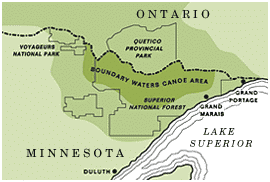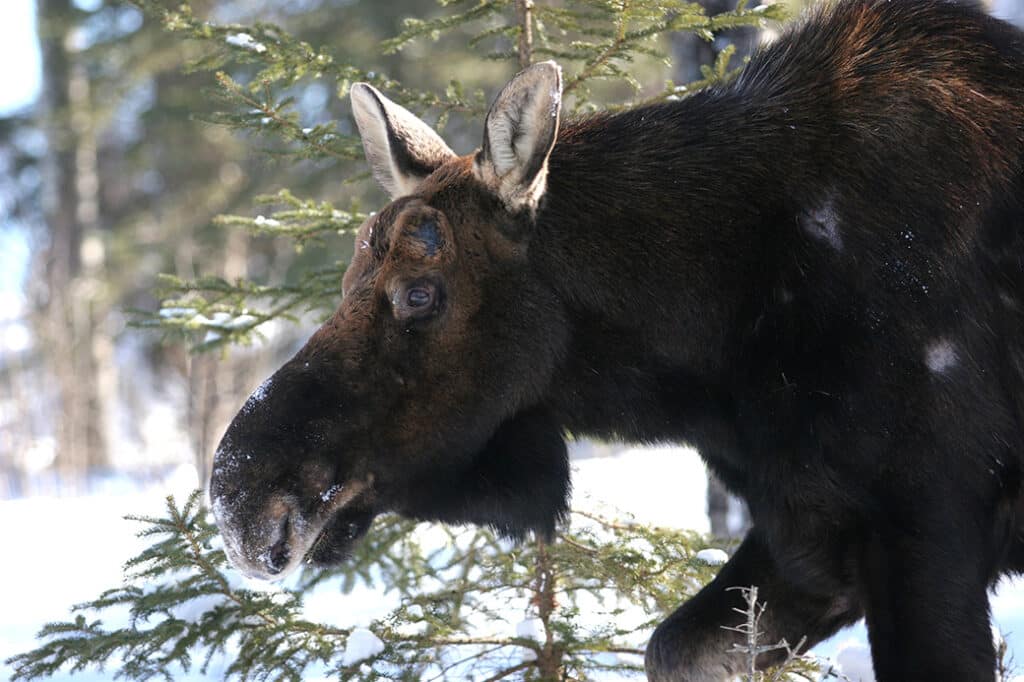
Moose have long inhabited Isle Royale, the largest island in Lake Superior. To better understand their life cycle and population, a group of researchers and volunteers will make observations and study their bones next summer. Moose are the island’s largest mammal, and their presence is an indicator of a healthy ecosystem.
Life-cycle found in bones
Next summer, volunteers will join researchers on multiple trips to Isle Royale National Park to study moose. Their focus will be on finding their bones to better understand the life cycle and population of animals on the remote island. The Wolf Moose Foundation, which runs the project called Moosewatch, conducts research and educates the public to support conservation of the island’s moose and wolves.
The researchers will record observations such as moose hair loss, an indicator of winter tick impact. They will also pack out bones and collect wolf scat to do DNA analyses of the wolves’ diet. These will be flown out and brought back to their lab in Michigan.
“The bones of moose provide a great deal of information: cause of death, age at time of death, year of death, and the condition of the moose at the time of death,” the group told the Lansing State Journal. They went on to add, “Researchers have discovered and examined more than 5,300 Isle Royale moose. The project curates the world’s largest collection of moose bones, and these bones provide much of what we know about Isle Royale’s moose.”
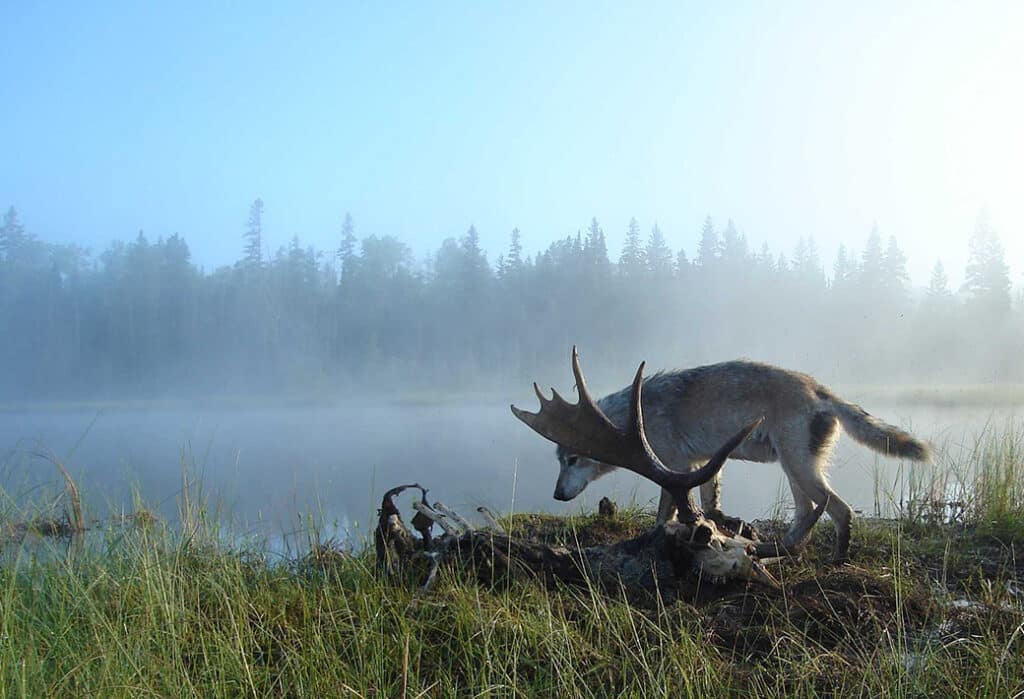
Fluctuation in numbers
Moose may have first reached the island in the early 20th century by crossing over ice bridges in winter. Researchers began studying wolves and moose in 1958, after wolves had been nearly driven to extinction across much of the United States. Today, there are about 840 moose and 30 wolves on the island. It supports the highest population of both animals in a single area. Rolf O. Peterson, professor emeritus at Michigan Tech, said, “There’s 10 times more moose per square mile on Isle Royale than there is on the mainland.” He added that it creates the ideal environment to study the predator-prey relationship. Peterson began leading the Wolf-Moose project in the 1970’s.
Environmental changes and other factors, including wolf predation, have caused the moose population to fluctuate over the decades. During the winter of 1996, harsh weather and a severe moose tick outbreak sharply reduced the population. They are currently on the decline.
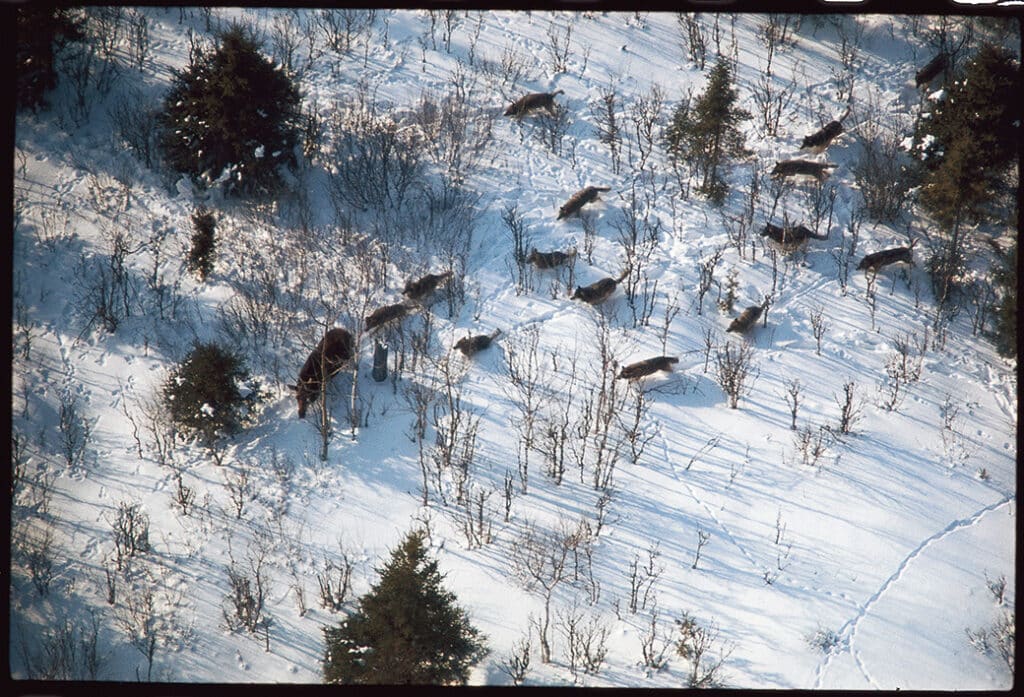
Indicator species
The island’s largest mammal can weigh up to 1,000 pounds. They thrive in the boreal ecosystem, which reaches into the northern part of the region. They primarily eat aquatic plants and supplement their diet with twigs and shrubs, especially in winter. Cows usually give birth to one calf in the spring. They can live between 15-20 years, though their lifespans are often shorter.
Moose help maintain a healthy ecosystem in a variety of ways and are considered a key indicator species. As they feed on shrubs and trees, they open areas to sunlight, allowing other plants to grow. This, in turn, draws in birds, small mammals, and other insects. Scientists can track changes in the ecosystem, such as plant availability, predator presence, or disease outbreaks, by observing the health and behavior of moose populations.
According to Peterson, the Wolf-Moose Project is the longest continuous predator–prey study in the world.
When asked about new objectives for upcoming expeditions, Peterson said that some of the focus will be on numbers: “The big question now is how low will the moose population go?” Results of the project’s study can be found on the Wolf-Moose Project website. In addition to private donations, the project receives support from Michigan Technological University, the National Park Service, and the National Science Foundation.
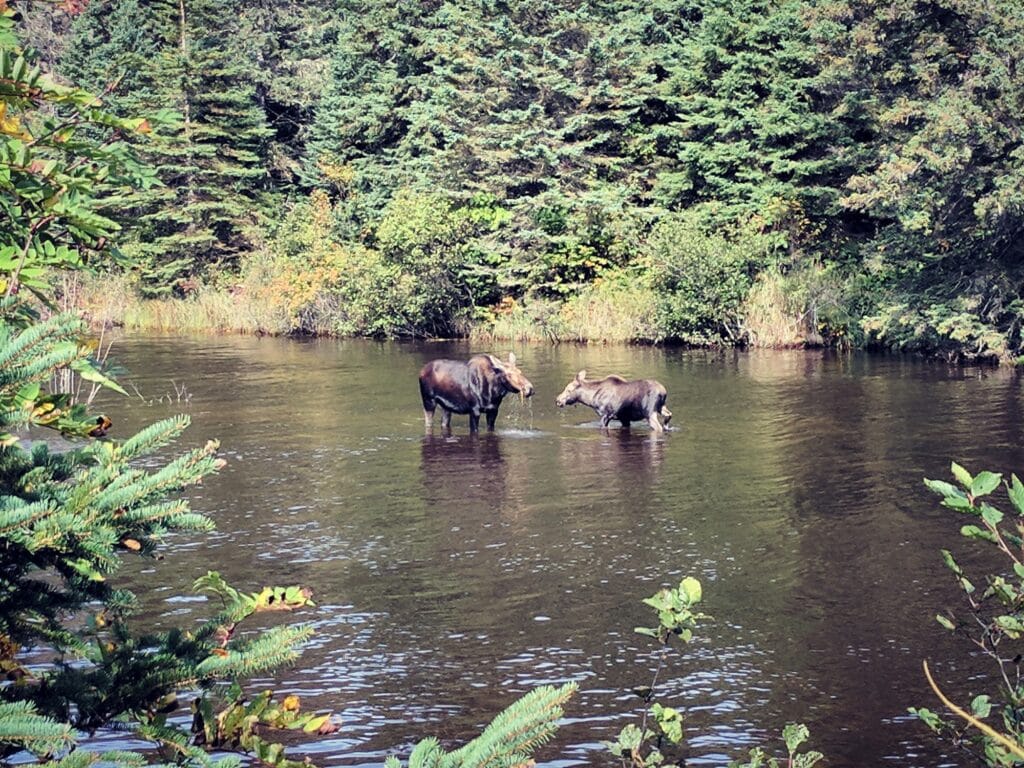
More info:
- Tracking moose on Isle Royale. How to volunteer for Moosewatch – Lansing State Journal
- Wolf Population Stabilizes, Moose Decline Slows – Michigan Tech News
- Moose – Isle Royale – NPS

